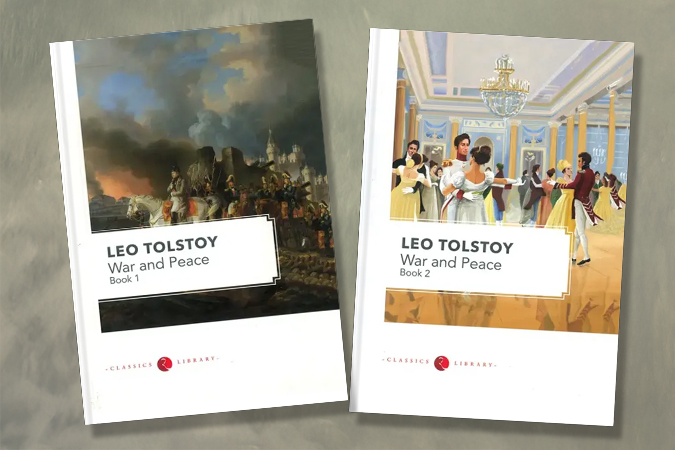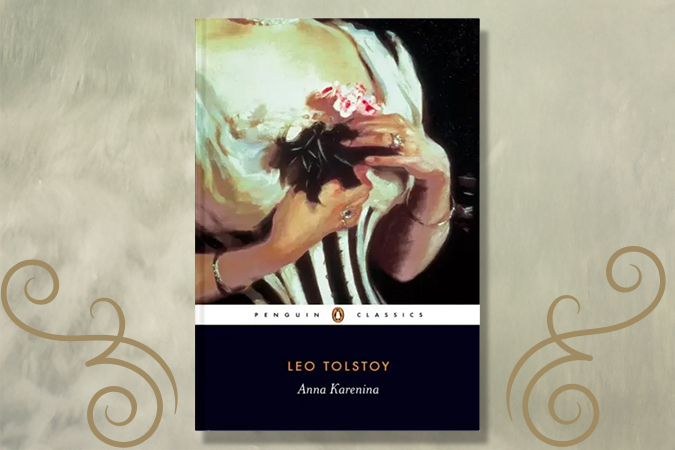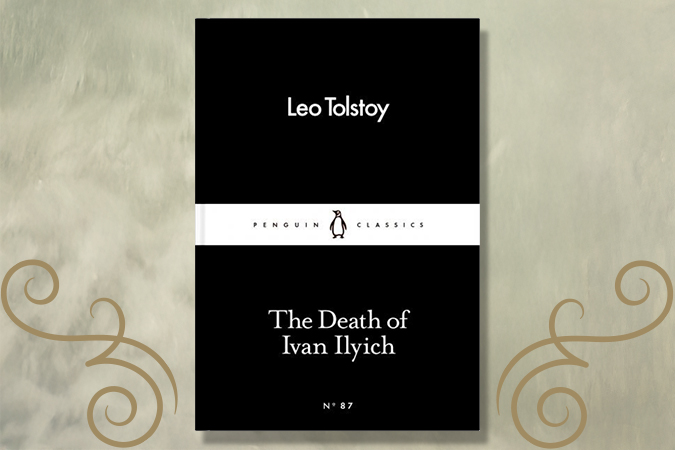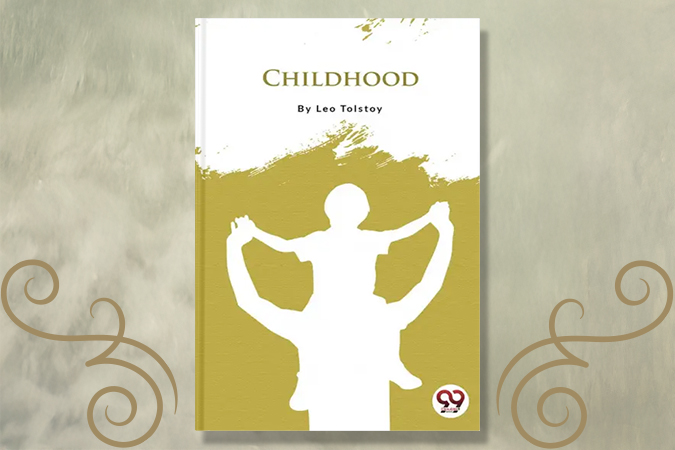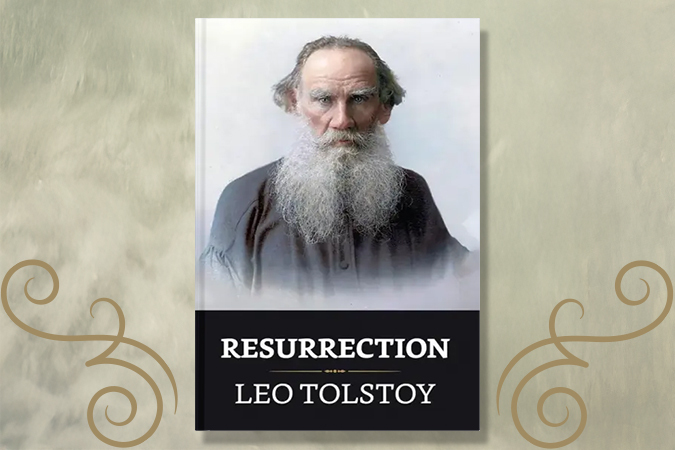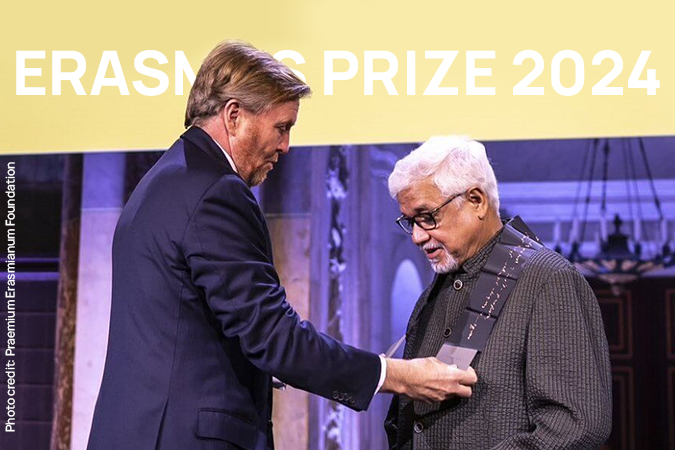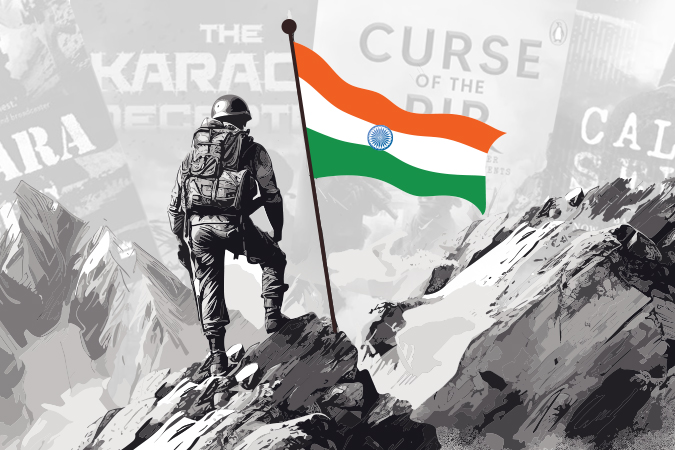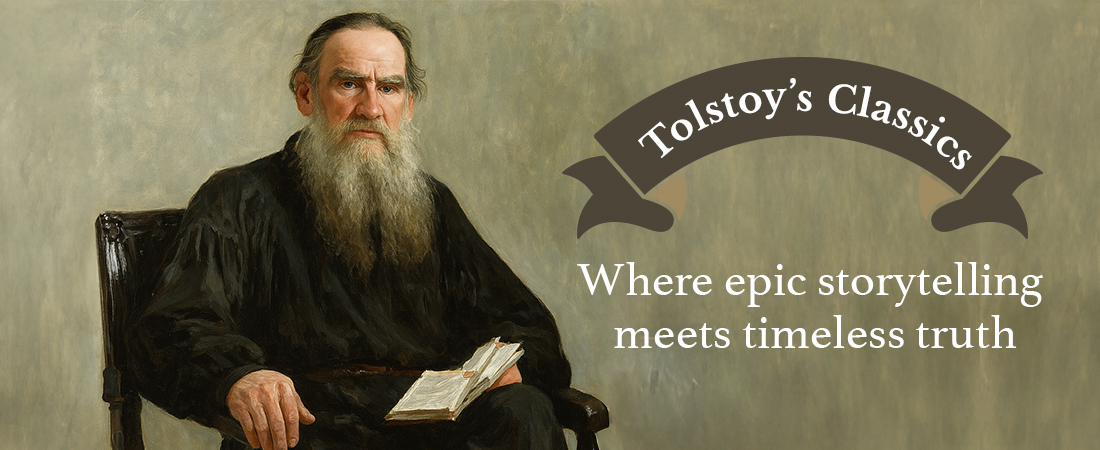
Why You Should Read Leo Tolstoy’s Books War and Peace and Anna Karenina?
If you’ve ever Googled Leo Tolstoy books out of curiosity or guilt-tripped yourself into finally picking up War and Peace, you’re in good company. There’s something magnetic about Tolstoy, irrespective of how seasoned a reader you are. This article is your no-fluff, everything-you-need guide to Leo Tolstoy – the author, the legend, and the voice behind two of the greatest novels in world literature.
We’ll break down who he was, what made his writing iconic, and why you may want to dive into his books (even if they’re massive doorstoppers). This post is for readers who’ve heard of Tolstoy but never quite knew where to start, or for those looking for a fresh reason to revisit his timeless works.
Who Was Leo Tolstoy, Really?
Tolstoy wasn’t always the literary giant we know today. Born on September 9, 1828, into a noble Russian family, Count Lev Nikolayevich Tolstoy grew up surrounded by privilege but was orphaned at a young age. Raised by relatives, his early years were marked by deep reflection and emotional turbulence—ingredients that would later shape his writing.
After a stint at university (which he didn’t finish) and a phase of wild living, Tolstoy served in the army. It was during this time he began writing seriously. His first published work, Childhood, was semi-autobiographical and set the tone for his deeply introspective style. Over the years, his literary career evolved alongside his spiritual beliefs, eventually transforming him into a pacifist, social reformer, and moral thinker.
He didn’t just write novels—he wrote manifestos, lived by radical ideals, rejected wealth, and even dressed like a peasant. The man walked the talk, and his works mirrored his inner conflicts about society, morality, and the human condition.
- Full Name: Count Lev Nikolayevich Tolstoy
- Born: September 9, 1828, Yasnaya Polyana, Russia
- Died: November 20, 1910, Astapovo, Russia
- Nationality: Russian
- Occupation: Novelist, essayist, philosopher, and social reformer
- Famous For: War and Peace, Anna Karenina, The Death of Ivan Ilyich
Writing Career
- First Published Work: Childhood (1852)
- Literary Breakthrough: War and Peace (1869)
- Writing Style: Realist fiction, deeply psychological, often philosophical and moral in tone
- Themes: Family, faith, war, love, death, morality, social justice
The Best Leo Tolstoy Books (And Why They Still Hit Hard)
A novel? Yes. But War and Peace is more like a full-blown historical epic. First published between 1865 and 1869, this 1,200+ page masterpiece follows five Russian aristocratic families—especially the lives of Pierre Bezukhov, Andrei Bolkonsky, and Natasha Rostova—through the backdrop of the Napoleonic Wars.
It’s not just about battles and politics (though there’s plenty of that). It’s about personal transformation, existential questions, and finding meaning in chaos. Pierre searches for purpose, Andrei grapples with grief and honour, and Natasha grows from naïve girl to resilient woman. The book shifts effortlessly between grand historical moments and intimate emotional beats.
The characters are flawed, fascinating, and unforgettable. And even if you haven’t read it, you’ve seen its influence in everything from TV series to memes. It’s endured because it captures the full spectrum of life—love, war, boredom, joy, and everything in between.
Yes, it’s long. And yes, it can be a bit philosophical. But once you’re in, it’s impossible to put down.
Leo Tolstoy, of course—he began writing it in 1865.
How long is War and Peace?
Anywhere between 1,200 to 1,400 pages depending on the edition.
Is it hard to read?
It can be at first, but modern translations make it much easier. It’s surprisingly readable once you’re hooked.
Published in 1877, Anna Karenina is often called the greatest novel ever written—and it just might be. The book opens with a banger: “All happy families are alike; each unhappy family is unhappy in its own way.” From that moment, you’re in deep.
At its heart, this is the story of Anna, a beautiful, intelligent woman trapped in a loveless marriage. When she falls for the dashing Count Vronsky, their passionate affair quickly spirals into social exile, emotional turmoil, and ultimately, tragedy.
But this isn’t just a story about adultery and doom. There’s a second, equally powerful narrative following Levin, a landowner and Tolstoy’s fictional alter ego. The novel’s dual plot— Levin’s spiritual and philosophical journey & Anna’s romantic spiral—makes it a rich, layered experience.
It’s been adapted into dozens of films and continues to inspire writers and thinkers everywhere. Tolstoy wrote it at a time of personal turmoil, and it shows in the best way.
Typically, around 850–950 pages.
Is it hard to read?
Less so than War and Peace, and very character driven.
Is it hard to read?
If you love epic history and drama, go with War and Peace. If you prefer intense emotions and character psychology, try Anna Karenina first.
Other Leo Tolstoy Books
Short, sharp, and stunning. This novella digs into what it means to live (and die) a “proper” life. Ivan, a high-ranking judge, faces his own mortality—and realises too late how shallow his life was. A powerful read for fans of introspective fiction.
Tolstoy’s autobiographical trilogy offers glimpses into his own past. It’s not as widely read today but essential if you’re curious about his evolution as a writer. It’s got all the seeds of his later moral and emotional depth.
His final novel, published in 1899, is a fiery critique of the church, the justice system, and the upper class. The story follows Prince Dmitri as he seeks redemption for a wrong he did years ago. Bold and brilliant, it’s often overlooked, but very on-brand for late-career Tolstoy.
The Best Leo Tolstoy Books (And Why They Still Hit Hard)
Tolstoy’s books aren’t just classics—they’re conversations. They speak to everything we still wrestle with today: love, freedom, war, religion, and the meaning of life. His writing digs deep but never lectures. It shows people as they are—confused, complex, and completely human.
In a world of quick takes and fast reads, Tolstoy reminds us to slow down. To think. To feel. And that’s why his stories still matter.

